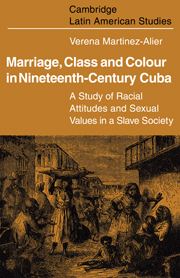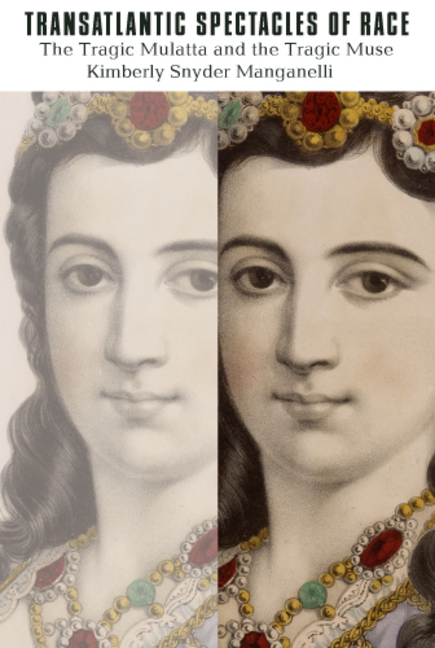Christian view on segregation
Association of Citizens Councils
Winona, Mississippi
1954-11-04
16 pages
Source: Digital Collections of the University of Southern Mississippi Libraries
USM Identifier: mus-mcc032
Rev. G. T. Gillepsie, D.D., President Emeritus
Belhaven College, Jackson Mississippi

From the McCain (William D.) Pamphlet Collection; In this pamphlet published by the White Citizens’ Council of Winona, Mississippi, Gillespie states that racial separation is the way to support racial harmony. He says that Soviet Communists are behind the Civil Rights movement, because they want to break down the barriers between races so that racial amalgamation will occur. He contends that school integration will lead to intermarriage, and he cites Biblical and pseudoscientific reasons that segregation must continue. He also quotes Thomas Jefferson, Abraham Lincoln and Booker T. Washington.
A reprint of an address made before the Synod of Mississippi of the Presbyterian Church in the U.S. on November 4, 1954.
The problem of race relations is not new. It is as old as civilization. Whenever in the history of the race two peoples of significantly different characteristics have come in contact with each other, or have sought to occupy the same area, a problem of race relations has inevitably developed. The closer the contact, and the more nearly the numerical strength of the two groups has approached equality, the more difficult and acute the problem has become.
The problem of racial relations throughout the world today has been greatly accentuated by the rapid development of modern means of communication and transportation, which have brought all the peoples of the world into much closer contact than ever before.
The problem has also been complicated by the worldwide spread of Karl Marx’s doctrine of Internationalism and the Classless society, combined with the vigorous propaganda of Soviet Communism to bring about a world revolution and the breakdown of all national and racial distinctions and to effect the complete amalgamation of all races.
The Anglo-Saxon and English-speaking people have steadfastly opposed and resisted the mixture of their racial stock with that of other peoples, especially where the physical and cultural characteristics were widely dissimilar, and wherever they have gone, around the world, they have consistently instituted and maintained a pattern of segregation which uniformly provided an effective check against the process of amalgamation, and which has preserved the racial integrity of the English-speaking peoples of the world.
The race problem in America arises inherently out of the concentration of large masses of the negro race in areas predominantly Anglo-Saxon in racial type and in culture, and where the principle of racial segregation has been generally upheld by legal, social and moral sanctions.
Comparatively little of the opposition to the principle of segregation has come spontaneously from the pure-blood negroes, or from the masses of the negro population; more strenuous opposition has come from the negroes of mixed blood, who have migrated from the South to Northern cities, and who bitterly resent the tensions and discrimination to which they find themselves and their families subjected in their efforts to secure recognition in Northern communities. It is not without significance, however, that a very considerable part of the violent agitation against segregation stems from sources outside the negro race, and outside of America, and coincides with the worldwide movement for racial amalgamation which has its fountainhead in Moscow.
…In Northern or Western communities, where negroes number usually less than five per cent of the total population, the admission of a few negro children to the public schools does not present any serious problem, and even if an occasional interracial marriage should occur, it would have little appreciable effect upon the cultural pattern or the blood-stream of community life, but in the South, where negroes constitute a large proportion, and in some areas a majority, of the population, the integrated school with its blurring of all racial distinctions presents a serious threat to the whole cultural pattern of community life, and points unmistakably to the gradual but eventual merging of the two distinct racial types into a mulatto race. This is not a baseless and fantastic phobia, but a well grounded and reasoned conviction which determines the attitude of Southern parents, and gives assurance that they cannot and will not acquiesce in a program which means the surrender of the birthright of their children and of generations yet unborn…
…4. Segregation Does Not Necessarily Involve Discrimination.
Whenever two individuals or groups of widely different physical characteristics are brought into close contact, it is likely or even inevitable that some discrimination should occur, especially where the situations are competitive; but such discrimination is a spontaneous human reaction and cannot be charged against the principle of segregation.
As a matter of fact, segregation, by reducing the number of points of contact, tends to lessen friction and tension, and especially if there is clear recognition on the part of both races that the chief reason for segregation is the desirability of preventing such intimacies as might lead to intermarriage and the amalgamation of the races, then the chief occasion for misunderstanding and discrimination is removed…
Read the entire pamphlet here.






